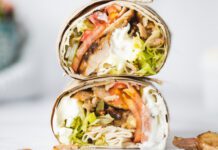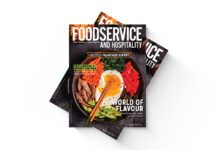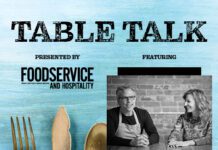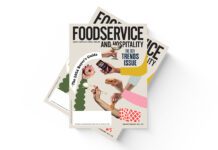How to encourage customers to order more items per visit
Restaurateurs would agree that customer behaviour has changed with the underperforming economy. Now Canadians are preparing more meals at home, shifting their restaurant traffic patterns away from supper and cutting back on family visits. In short, diners are being careful about every food dollar they spend.
Eating Less to Spend Less
The full-service restaurant (FSR) segment has been particularly hard hit. Along with a decline in traffic, the segment is facing a persistent decline in the average number of items per order (see chart below). As consumers look to stretch their foodservice dollar, they’re cutting back on complementary meal items. This trend has impacted FSR meal occasions, with supper being the hardest hit daypart.
The declines have impacted many areas of the menu, resulting in less side dishes, appetizers, desserts and beverages being sold. Entrées and sandwiches, on the other hand, are holding steady, suggesting customers perceive better value in those items.
Shrinking Menus
According to the recent NDP and FsStrategy report, “FSR Chain Menu Tracker,” menus have shrunk from a high of 67 items per menu to just 64. Dessert and appetizer menu listings have decreased the most, which is consistent with the aforementioned ordering patterns.
It’s difficult to determine whether these smaller menus are influencing the smaller orders or vice versa. What remains clear is consumers continue to demand variety and innovation, despite their ordering behaviour. The challenge is to provide variety while maintaining menu and operational efficiency amidst traffic declines.
One possible solution to combat the decline is to offer variations on a theme. For example, operators could offer multiple toppings for protein items, a broad selection of burger variations or optional sauces for appetizers. Off-menu specials are another way to stimulate customer interest and test new offerings without costly menu upgrades.
It’s All in the Numbers
Restaurant operators can help stimulate larger orders by fulfilling customer demand to receive more for less. Listed below are a few ways to achieve this. Consider:
- combined item or fixed-price offers;
- smaller portions offered at a lower price;
- sharing platters that spread the cost;
- family friendly meal combinations to generate more family visits, another casualty of the economic downturn.
Today’s diners are looking for a food experience as much as they’re looking for a meal. Offers that fulfill this emotional demand will offset budget demands, while allowing operators to grow their average ticket and make the most of every customer visit.
Keep Reading
Forward Thinking for Foodservice Operators
Will Social Media Help Build Your Business?
From Fired to Inspired: Chef Scott Bagshaw
Looking for new suppliers? Check out our comprehensive Buyer’s Guide





















